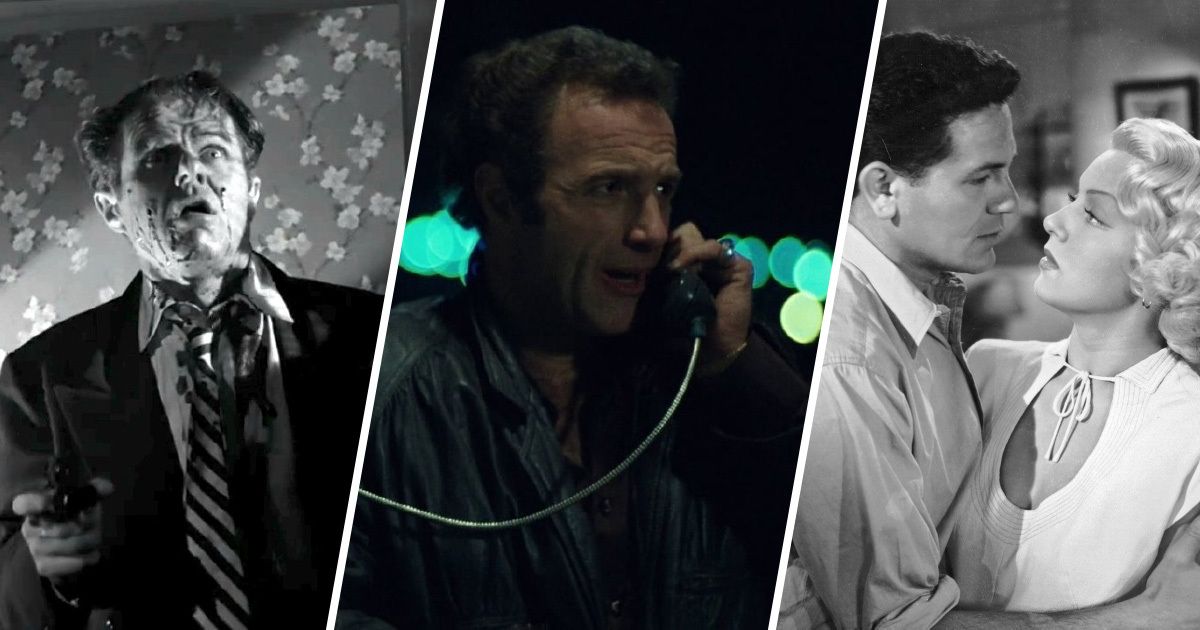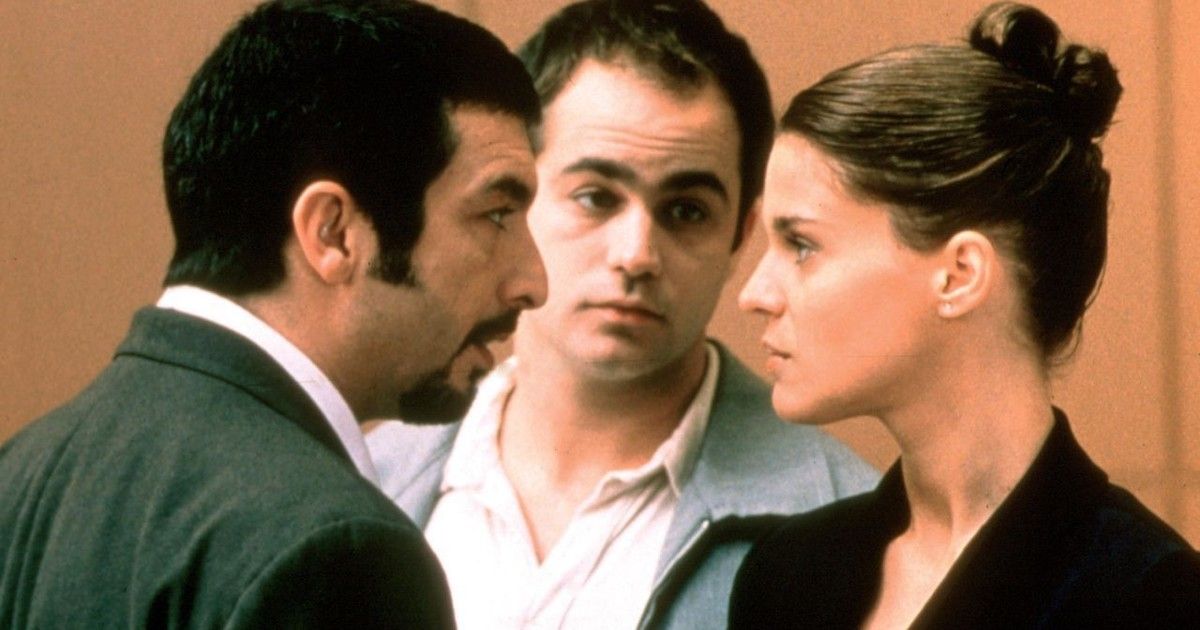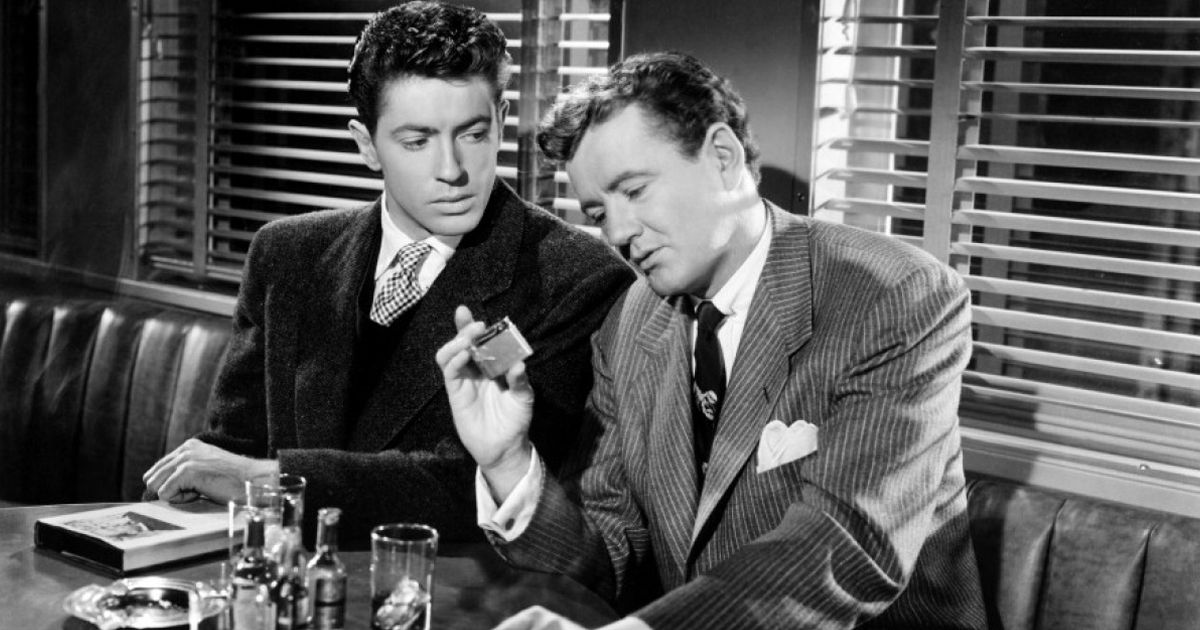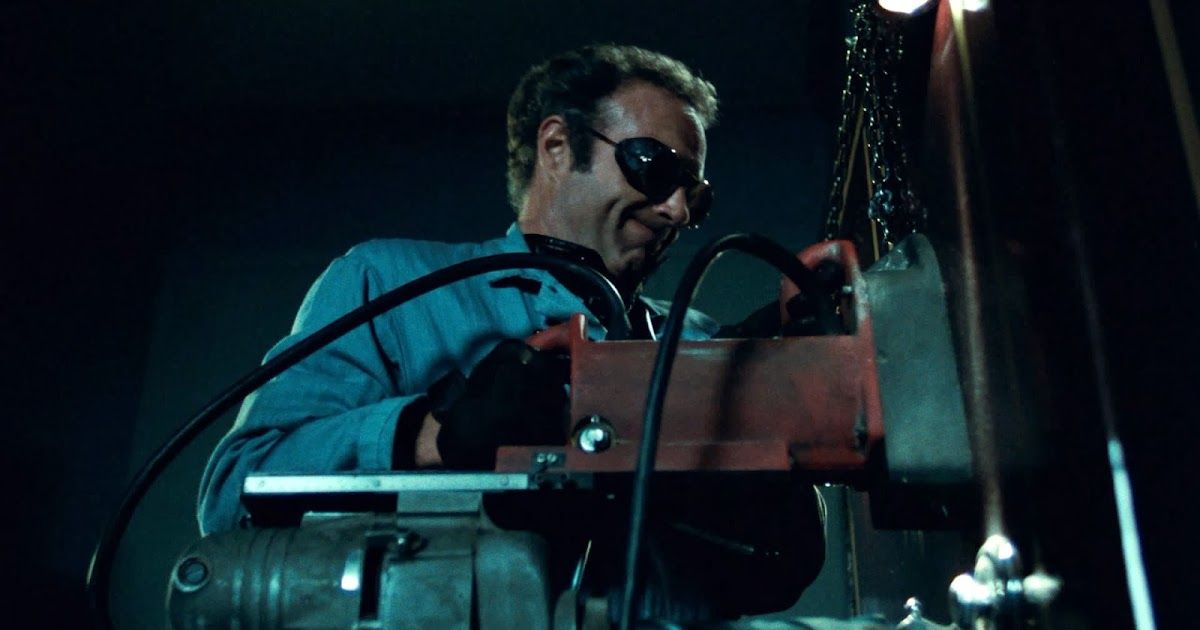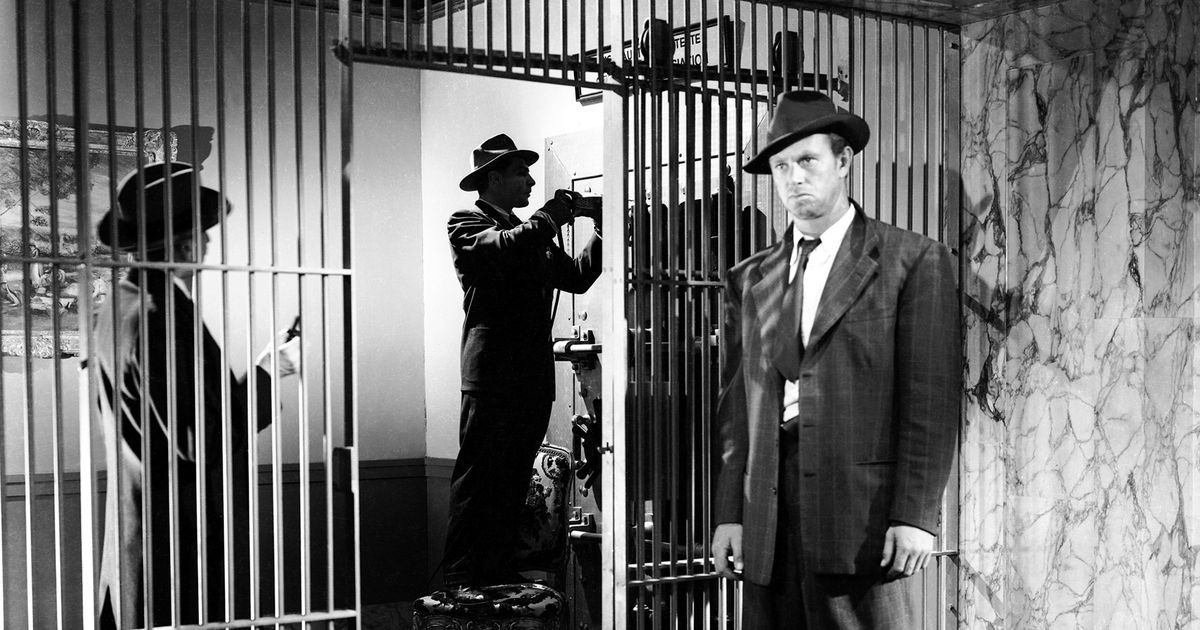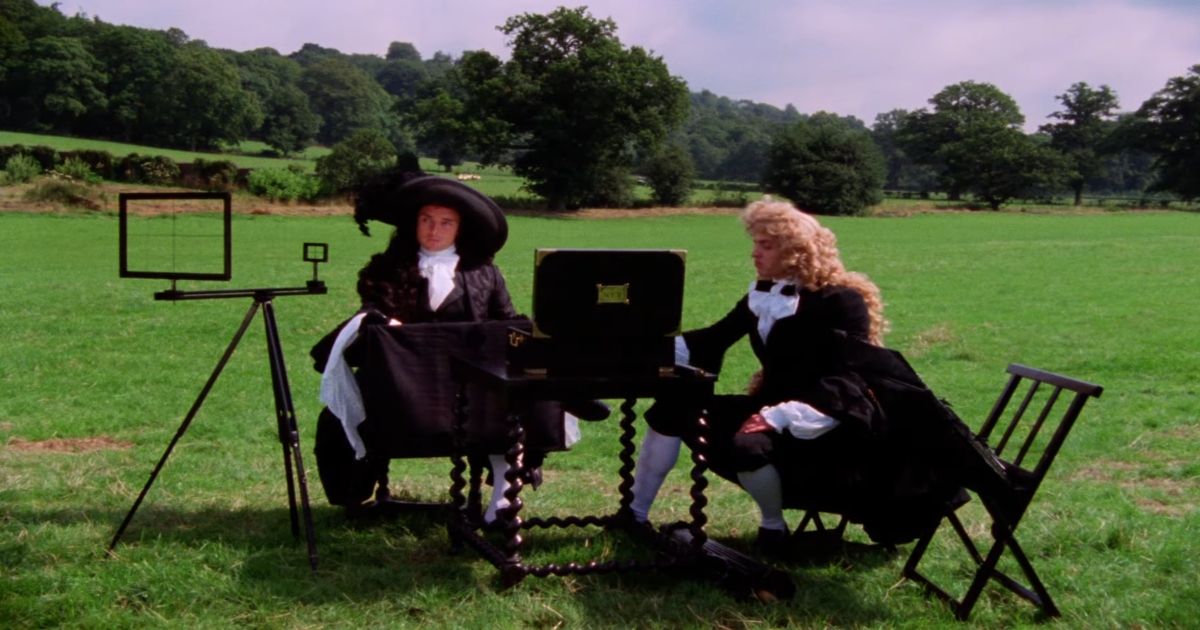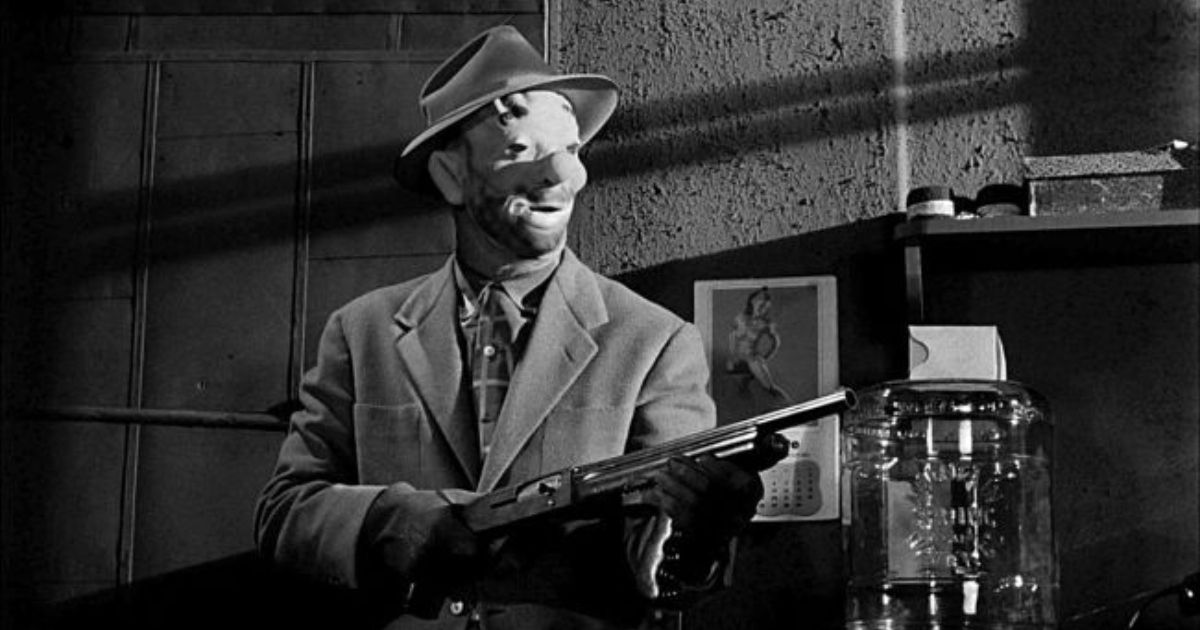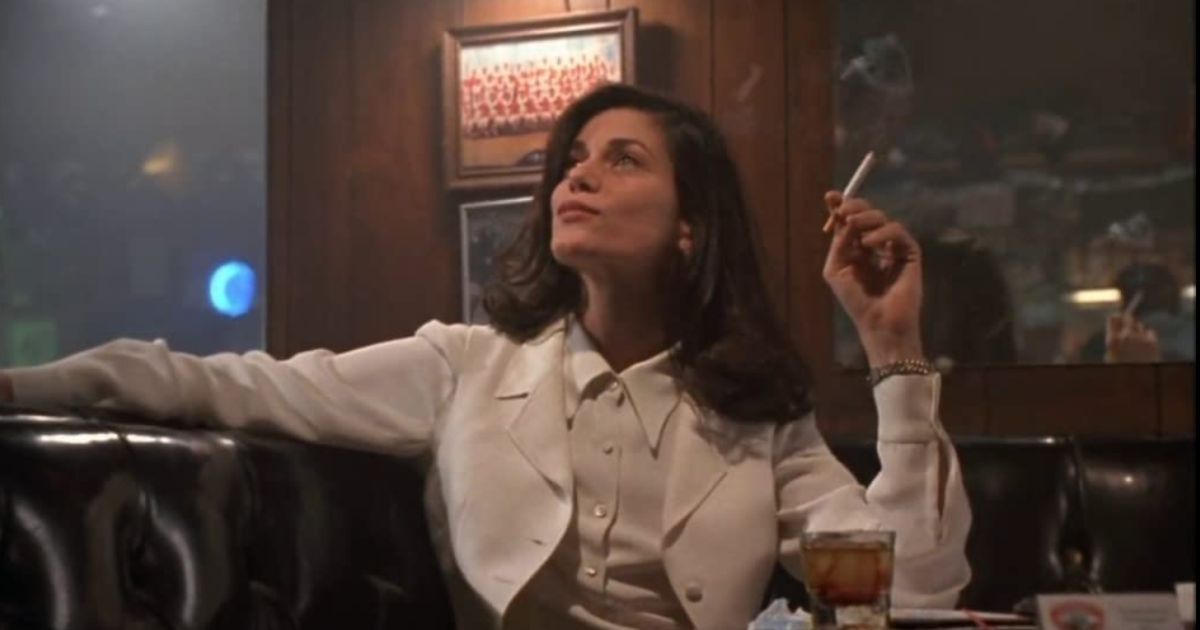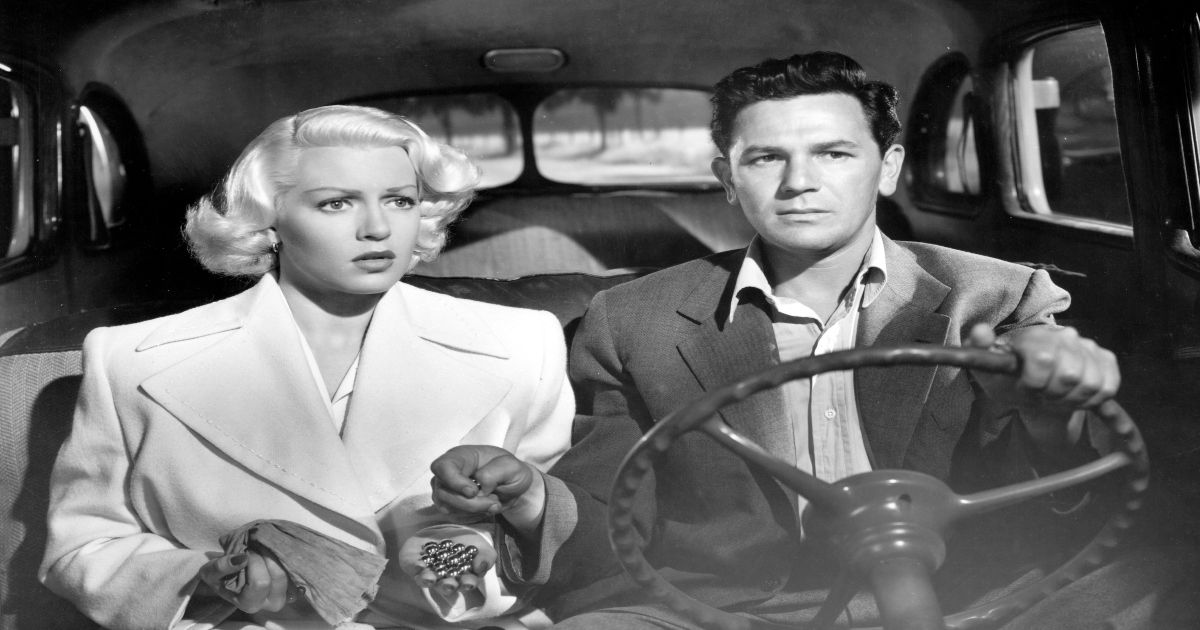Crime movies are obsessed with individuals who get their hands dirty yet keep them clean. The only thing stopping a criminal is time. Planning is everything in the mind of a thief, murderer, and con artist. Until the last domino falls, they keep stacking with precision. They align each move for the next to take its place.
The audience is the vicarious accomplice, watching the master plan unfold. The daring is enough to make one think leaving no trace behind is possible. The perfect crime challenges the idea that crime doesn’t pay, but just like every omelet needs broken eggs, every crime has its price.
Les Diaboliques (1955)
Les Diaboliques is a French psychological thriller taking place in a Paris boarding school. The stern headmaster, Michel Delassalle, disciplines students with cruelty. His Venezuelan wife and teacher, Christina, is mocked by him. Michel also beats another teacher, his mistress, Nicole Horner.
The women share a deep hatred for Michel and decide to lure him to his death. The plan: Christina divorces him, Nicole drugs and drowns him in her bathtub, and the two dump Michel in a pool to make it look like an accident. The problem: Michel’s body goes missing.
Nine Queens (2000)
Nine Queens is a heist film with two unlikely con artists named Juan and Marcos. Alone, they cannot fool anyone, but together, they sell the Nine Queens, a sheet of counterfeit rare stamps, to Vidal Gandolfo, a wealthy collector. He agrees to purchase them, but the false stamps are stolen and damaged by thieves.
They regroup and buy the real stamps using their own money they pilfered over time. Without realizing it, Marcos was set up by Juan. The latter masked their efforts as a failure to con his fellow conman.
Strangers on a Train (1951)
Strangers on a Train is a psychological noir concerning tennis star Guy Haines and unsuspecting psychopath Bruno Antony. The two men discuss exchanging murders: Bruno will kill Guy’s unfaithful wife, and Guy will kill Bruno’s hated father. In theory, no motive between them will keep their murders a mystery. Unfortunately for Guy, an unspoken deal with a psychopath leads to his imminent death.
Thief (1981)
Thief is a neo-noir heist thriller about longtime safe cracker Frank, who aims to put his jewel-stealing days behind him. Before he gets out of the business for his wife Jessie, Leo, a mob boss, takes Frank’s last payout inadvertently.
Leo killed Frank’s middleman, taking what Frank earned with him. Frank agrees to one last diamond heist that will repay him, but Leo betrays and underestimates the thief’s expertise.
The Asphalt Jungle (1950)
The Asphalt Jungle is a sordid glimpse into the perpetual lives of criminals. Erwin “Doc” Riedenschneider plans a jewel robbery after seven years in prison to pay off his debts. His accomplice is lawyer and fixer Alonzo Emmerich, who orchestrates the heist. When they alert the police to their activity, Emmerich’s attempt to take the money for himself goes by the wayside and endangers the thieves on the run.
The Day of the Jackal (1973)
The Day of the Jackal is a political thriller following the British assassin known only as Jackal. French terrorist group OAS have the hired gun kill their country’s army officer Charles de Gaulle in response to voters granting Algeria independence from France.
Espionage ensues, and security personnel disclose government intel about the assassination attempt. Jackal, in disguise, almost upsets national politics, but is caught by deputy Claude Lebel at the last second.
The Draughtsman’s Contract (1982)
The Draughtsman’s Contract is a murder mystery set in 17th-century England. Artist Mr. Neville is commissioned by Mrs. Virginia Herbert to draft 12 landscape drawings of her family estate. His contract includes sexual favors from Virginia while her husband is on a business trip. Virginia’s childless daughter, Mrs. Talmann draws up her own contract as well.
She seeks sexual encounters with Neville to make up for her own sexless marriage. Neville breaks his contract by embracing Mrs. Herbert and drawing a sketch for the 13th time. Later, Mr. Herbert is murdered, followed by the family murdering Neville, implying that the women used him to give birth to an heir for their estate.
The Killing (1956)
The Killing is a noir from Stanley Kubrick, depicting the criminal’s bid for changing his life and the status quo. Johnny Clay organizes a heist to steal the money from a racetrack. After killing the favored horse and causing a bar fight, the men escape to their hideout.
The wife of one of the criminals decides to hire her lover to steal their earnings. A shootout leaves everyone dead except Johnny, who takes the money and runs. He almost succeeds until his dog’s chance turns into a dog’s breakfast at the airport.
The Last Seduction (1994)
The Last Seduction is a neo-noir erotic thriller following working wife turned femme fatale Bridget Gregory. She steals $700,000 worth of cocaine that her doctor-in-training husband sells to drug dealers. She flees to Boston under a new identity, works a new job, and begins a new relationship with a man. Bridget manipulates her way to cover up the loss of money, using social taboos and faux pas against both sexes.
The Postman Always Rings Twice (1946)
The Postman Always Rings Twice is a noir film about drifter Frank Chambers, who has an affair with Cora, the young wife of diner owner, Nick Smith. Frank and Cora plan to start a new life together by killing Nick. Cora tries hitting Nick over the head to give him a fatal fall, but fails.
She drives both men into town one night while Frank strikes Nick unconscious from the passenger seat to stage a drunk driving car crash. They nearly escape legal prosecution, but the road they drive down delivers a letter from the spirit of the law, spelling poetic justice.
This story originally appeared on Movieweb

